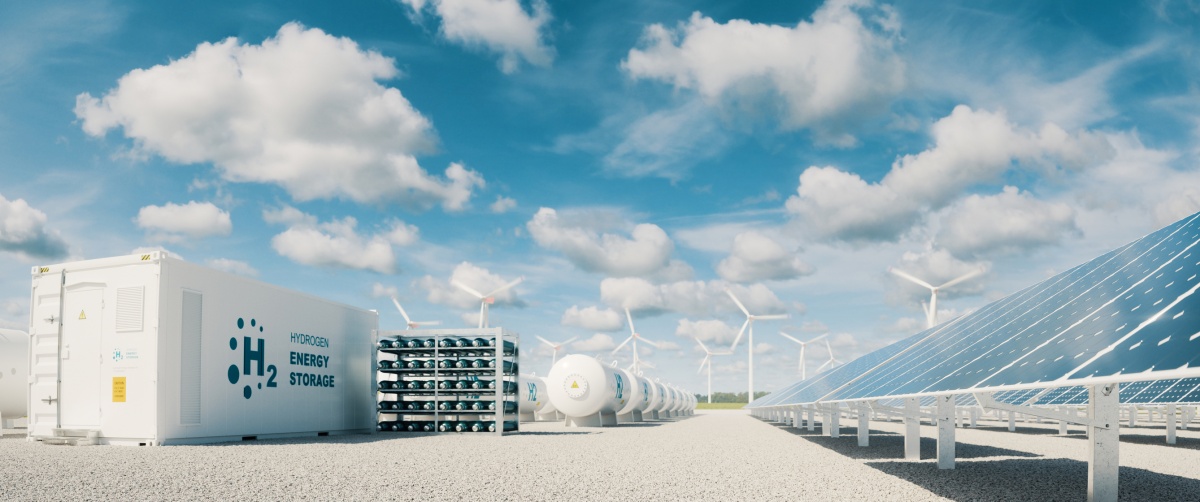Explosion Protection Requirements in the Field of Hydrogen Technologies
Hardly a day goes by without hearing news about hydrogen technologies potentially replacing conventional energy sources, at least partially, in the near future. The reason lies in a simple chemical equation.
Hydrogen reacts with oxygen, releasing energy that can be used for various purposes—most commonly, to power vehicles—while the only by-product is water. The idea sounds nearly ideal. So why didn’t mankind adopt this concept much earlier?

The first major obstacle is that hydrogen cannot simply be extracted and used as an energy source, as it does not naturally occur in elemental form. It must be produced. One of the more attractive methods is water electrolysis powered by green electricity. However, this is merely an ideal scenario. In reality, about 95% of all hydrogen is currently produced from natural gas or methane. This process involves splitting methane into hydrogen and carbon dioxide using steam. Calculations show that producing 1 kg of hydrogen requires over 2 kg of methane. In addition to the methane used as feedstock, further methane is burned to generate the necessary steam. As a result, significant amounts of carbon dioxide are released. In fact, producing 1 kg of hydrogen generates nearly 10 kg of CO₂. These figures reveal that hydrogen is far less “green” than often claimed.
What about safety? Hydrogen is significantly more explosive than methane. Its minimum ignition energy is just 0.019 mJ—15 times lower than methane’s 0.29 mJ—making it much more hazardous. Another critical difference lies in storage: hydrogen can only be stored in three ways. One method involves extremely high pressure, up to 700 bar in commercial hydrogen vehicles, which greatly increases the risk of leakage. High pressure also leads to hydrogen embrittlement, causing cracks in storage cylinder walls. Only certain materials are resistant to this form of corrosion. The second method is storing hydrogen as a liquid at 20 K (approx. -253 ºC), which is arguably the safest but technologically very demanding. The third method is storing hydrogen in solid form as a metal hydride, which presents a risk of spontaneous combustion. In short, none of these storage methods is risk-free.
Let us now examine what type of explosion-protected equipment is required for hydrogen. According to gas group classifications, Ex-equipment is divided into IIA, IIB, and IIC categories. For most common fuels, equipment in group IIA suffices. However, for hydrogen, the most stringent group—IIC—must be used. Requirements are also stricter in terms of electrostatics. For example, the thickness of paint on metal, which acts as an insulating layer and therefore present an electrostatic risk, is limited to 2 mm for methane, but only 0.2 mm for hydrogen. Of course, this is just one of many safety aspects that must be considered. As a result, the number of hydrogen-related incidents has increased dramatically—so much so that a dedicated database was created to log all hydrogen accidents.
So, what’s the solution? In South Korea, authorities chose to soften safety requirements for hydrogen use, in an effort to promote adoption of hydrogen technologies. No further comment seems necessary.
Personally, I would propose a different solution. If we want a safe hydrogen future, we must first gain deep expertise in hydrogen technologies. This is also an area where SIQ can support you. Then, we must consider the technical specifications of hydrogen—not just legal goals.
***